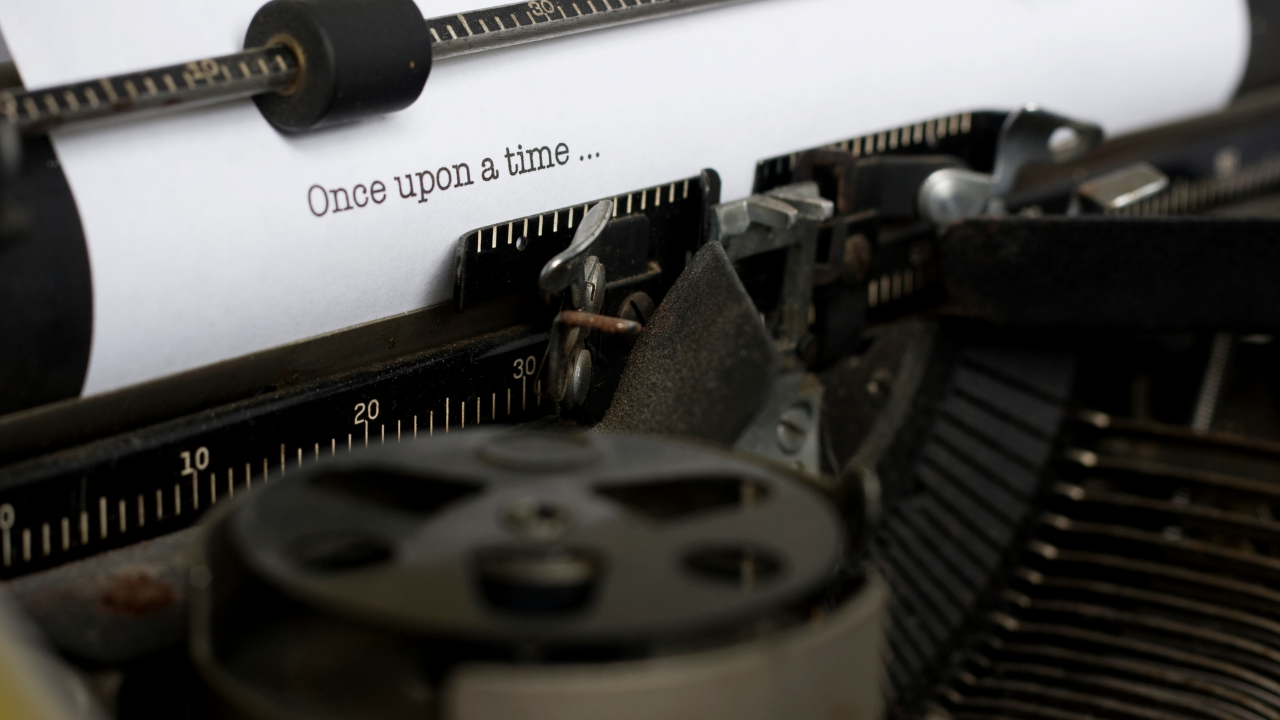path of the storyteller / blog
writing for the reader
I do get a little cranky sometimes about all the ADVICE out there that’s aimed at writers.
I say that as someone who gives a lot of advice to writers myself. I take this role seriously because I take good writing seriously, just as I take the courage and vulnerability of those who feel called to write seriously.
No one falls into the profound work of storytelling at the level of mastery by accident. Instruction and mentorship are invaluable. The giving and taking of advice is a necessary thing.
But that said: Who are we trying to please when we write? Agents? Editors? Random advice-givers on social media, or pros sitting on panels at writing conferences?
Are we writing to please ourselves only? Or is there someone else out there whom we ought to be keeping in mind? That’s the topic of today’s discussion.
My weekly livestream happens on Wednesdays at 1 PM Pacific. Come live and participate! Or catch the replays here on the blog.
To watch live and ask questions, you can join...
crafting the multi-POV tale
By now you know the drill: A great story is a journey of meaningful change. Whose change? The hero’s! And, by extension, the larger world of the story.
But what about all those books that use multiple points of view?
Or that (gasp!) employ a true omniscient narrator that dives into the experience of many characters?
Who’s the hero now? Whose journey of change is it? What holds a tale like this together?
Many writers are drawn to these complex structures, but they’re not easy to pull off. This week I look at what makes them work—and what happens when they don’t.
My weekly livestream is on Wednesdays at 1 PM Pacific. Come live and participate! Or catch the replays here on the blog.
To watch live and ask questions, you can join the Path of the Storyteller Facebook group right here.
Or subscribe to the YouTube channel here.
keep your distance

Like the dead mouse your cat proudly drops at your feet, 2020 has offered a number of unasked-for gifts. Fashion masks. The return of the shag haircut. Zoom school. And a new phrase: Social distancing.
Did you ever hear it or say it before this year? Me neither. Ever curious, I looked it up. It turns out “social distancing” was first used back in 2003 at the time of the SARS epidemic, although no one in particular is credited as the author of the term.
The World Health Organization apparently finds the phrase regrettable, and would like us to think of physical distancing instead, since that’s the real message. To prevent the spread of COVID-19, you can socialize all you want; just not in person.
In our writing, narrative distance is one of those writing craft topics too often overlooked. Here’s the question to ask, and you have to answer it sentence by sentence: What distance have you put between your reader and what’s happening on the page?
This is best explained by use of an exam...
cheese is in the details

Today I had an adventure, and it was all about cheese. (I promise this will end up being about writing, so just bear with me for a minute.)
Call me the hero of the tale. My mission was to grocery shop for Thanksgiving. My partner and I are safely COVID-bubbled, and my son and his partner will be coming for an outdoor meal, to be served at opposite ends of my ample-sized terrace. As far as I was concerned, I was cooking for a regiment.
Now, I grew up in an Italian family, and I spent the first 53 years of my existence as a New Yorker. On holidays, I want Italian specialty items — I’m talking prosciutto, olives, really good imported cheese — and I was not raised to purchase them from a supermarket, uninterestingly wrapped in plastic!
No! You go to Little Italy! You head to the Italian market and elbow your way to the counter and you get the good stuff. (Here’s where I used to shop, in case you’re curious.)
But life has changed. Now I live in Southern California, more than an hour’s d...
dirty dishes

Writing is a paradoxical pursuit. It requires us to be wildly, freely imaginative, and meticulously disciplined about how we express those imaginings.
It sounds like the old rubbing-your-tummy-while-patting-your-head-trick. Luckily, we don’t have to do those jobs at same time. There is the drafting hat, and there is the revising hat.
When we’ve got the drafting hat on, we must (must!) drop our attachment to writing drafts that are "good.” We must suspend judgment and be willing to spew raw matter onto the page. We must do quite a bit of this, to sniff out the character and her need, and unearth the shape of the story we want to tell. Much of our drafting will take place in this freewheeling mode of discovery.
I call it the messy mudpie stage. A writer should stay in this mode for as long as she needs to be there. But at some point during the first draft, or perhaps after it’s complete, it’s time to take off the mud-splattered art smock and put on a lab coat.
Instead of drafting fr...
back to work

When I was eighteen years old, I had a truly extraordinary stroke of luck
It was 1980 and I was an acting student at NYU, in the fall of my sophomore year. I was not a great student, honestly. To succeed in the New York theatre was my dream, but there was much about it that flew way over my naïve suburban head.
But luck found me nevertheless. After attending an open audition for a new musical with a score written by Stephen Sondheim, one of my idols, I was cast in a Broadway show.
Recall that I was eighteen. I was a student. My resume was a list of all the school plays I'd been in during high school. How could this happen?
Nevertheless, it happened. That show was called MERRILY WE ROLL ALONG, and it was directed by Broadway legend Harold Prince.
There are so many great Hal stories. Many have been told and retold, but one that sticks with me was his career-long practice every time he opened a new show. Whenever opening night was, he’d schedule a meeting in his office the next mo...
the practice of writing

“How do you get to Carnegie Hall?” It’s an old joke, and the punchline, of course, is “practice!”
“Head north on Broadway and make a right on 57th Street” is also a correct answer, but it limits itself to physical circumstances only. Such literal-minded directions might get you to the door of the building, but they won't make you a world-class player. Only many, many hours of tush-on-bench with guidance from a worthy instructor will achieve that outcome.
My ruminations yesterday about story energy are the fruits of a lifelong practice in the storytelling arts. A mix of study, mentorship, and a huge volume of hands-on doing has served me well. To incline toward action is advice worth its weight in gold; if you don’t write a lot, your writing will not improve.
If your writing is not all you wish it were, that’s all the more reason to produce more of it. Write, write, write! Write straw today so you can spin it into gold tomorrow. The only way out is through.
As to where to find tho...
that voice

I played a rousing Zoom-hosted game of Ex Libris last night with some dear friends on the opposite coast. Do you know that game? It is so fun, so writerly, and really a fantastic exercise in voice.
I’ll tell you how to play in a minute, but first let me define what I mean by voice.
Voice is the metaphysics of style. The prose style you create for a book has a tone and personality all its own. It’s why a sentence of Jane Austen is distinguishable at a glance from a sentence of Tolkien. You’ll never answer the phone and think Salinger is talking when, in fact, it is Hemingway.
Word choice, sentence and paragraph rhythms, the kinds of details chosen, the way of seeing the world that is conveyed by what is said — all of these are part of voice. Together, they add up to a quality all great writing has: the unmistakable feeling that there is an actual, living personality on the other side of the page. That you, Dear Reader, are not alone. You are with someone as you read.
Hence my us...


